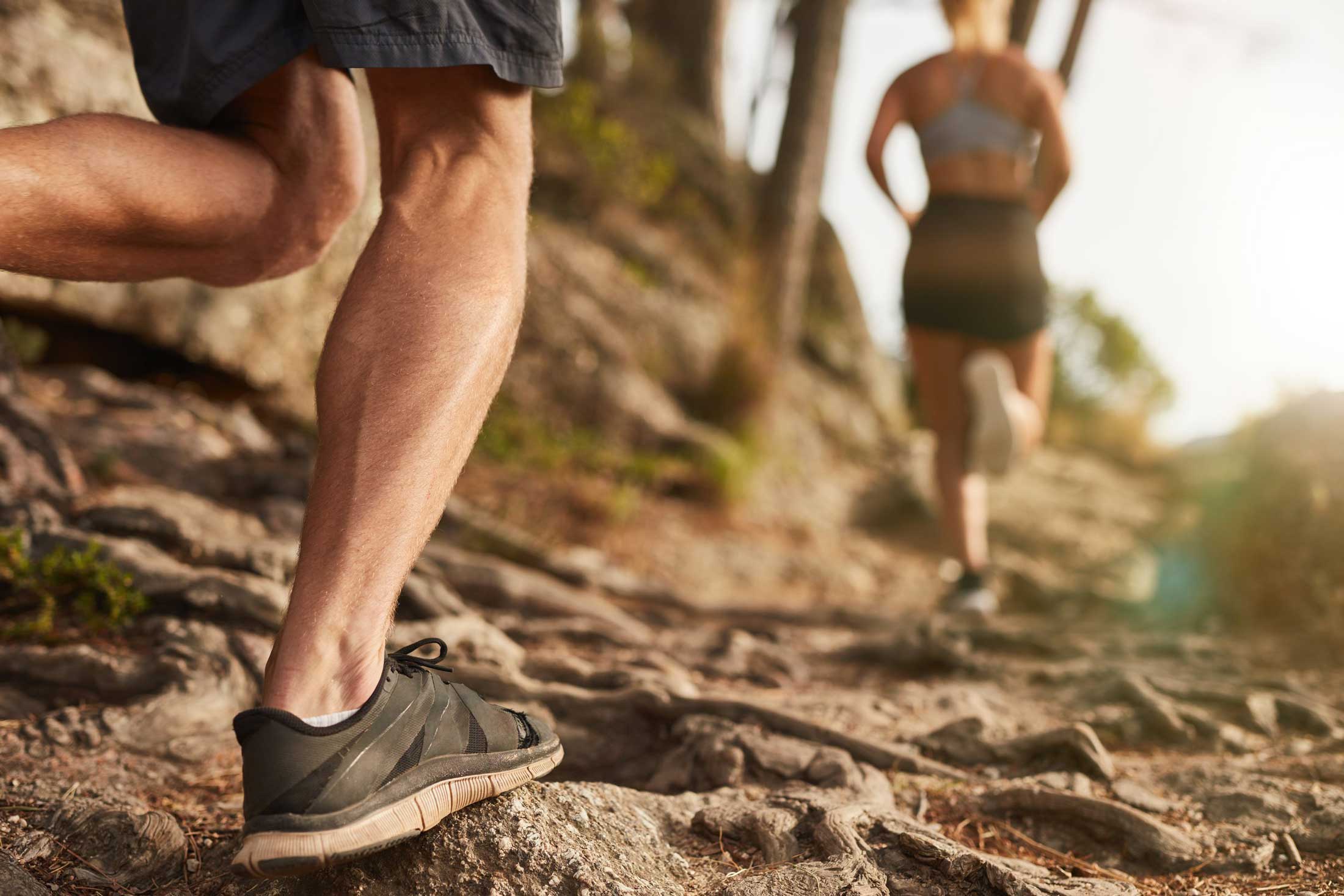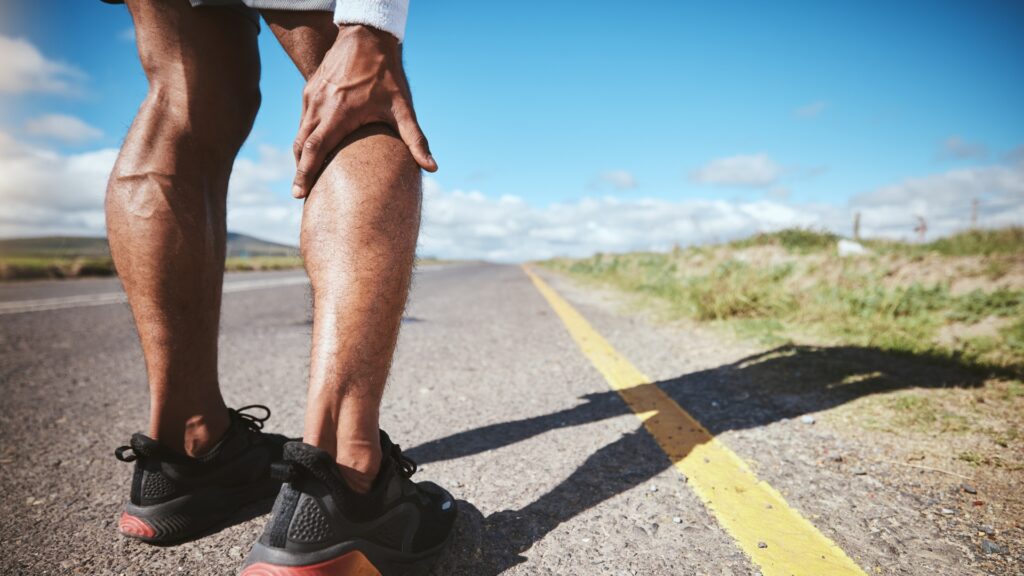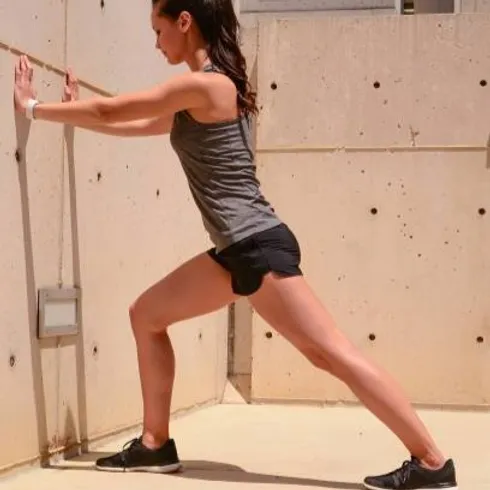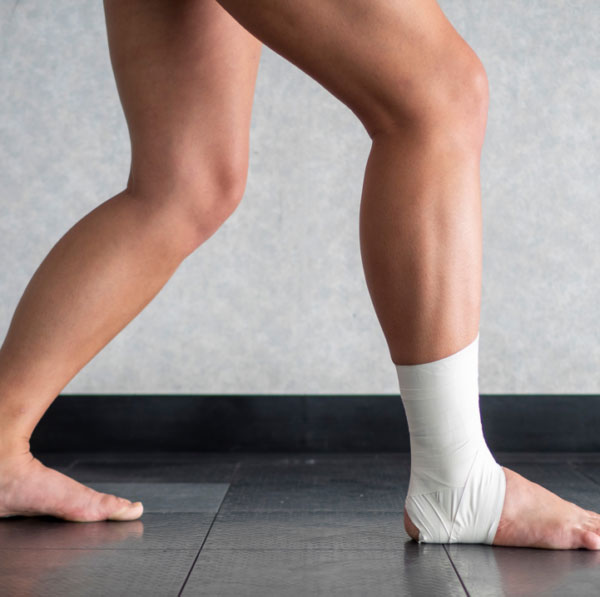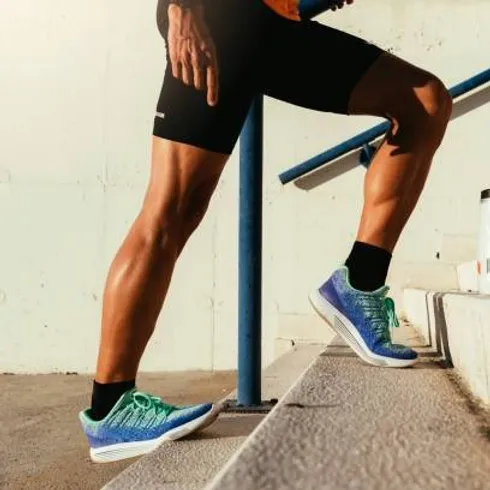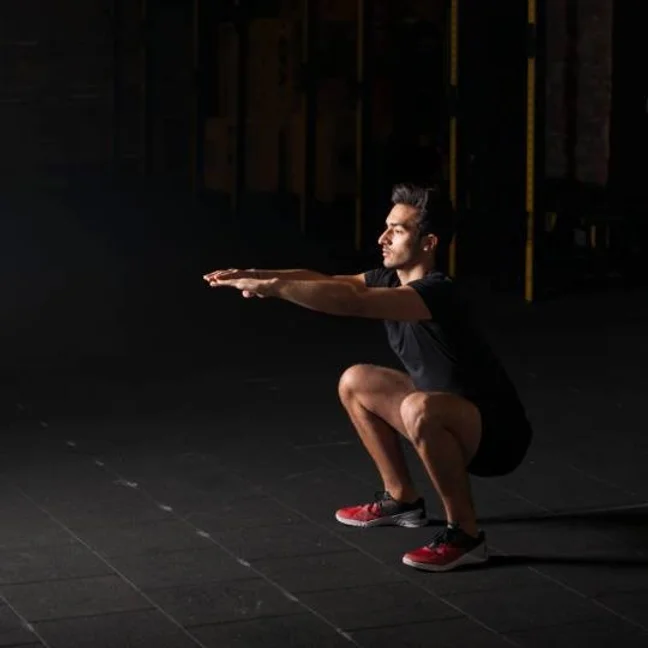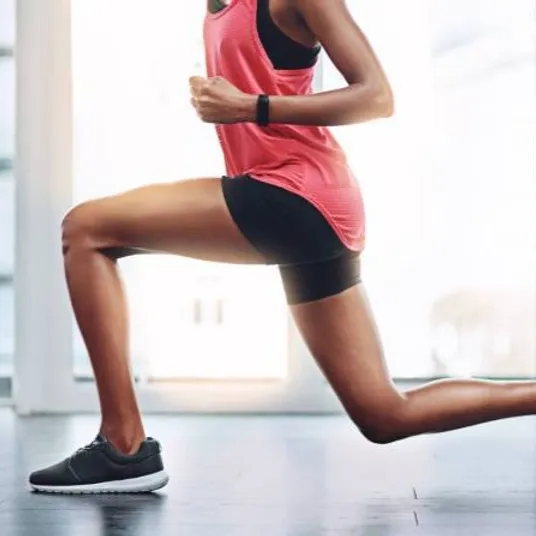Calf tightness and a reduction in ankle dorsiflexion is commonly seen in the general population. Ankle dorsiflexion is the movement where the foot is moving towards the front of the shin and is required for efficient motion and lower limb biomechanics. There may be many reasons for this loss of ankle dorsiflexion due to increased calf tightness including long periods of sitting i.e. desk-based occupations, footwear particularly high-heeled shoes and sports that involve a lot of running and jumping.
A reduction in ankle dorsiflexion can lead to a number of issues including ankle, knee, hip and even back pain. Reduced ankle dorsiflexion often leads to inward rolling of the foot and ankle (pronation) and flattening of the arch of the foot.
This places excessive strain on the tendons of the foot and ankle such as the plantar fascia on the sole of the foot and Achilles tendon at the back of the ankle. Prolonged strain of these tissues may lead to painful and debilitating conditions such as Plantar fasciitis and Achilles tendinopathy.
An increase in inward (valgus) tracking of the knee and tension of the band running down the side of the thigh (IT band) is seen in a person with reduced ankle dorsiflexion. These postural and tissue changes can lead to load-bearing compensation causing pain or injury of the kneecap (patella) such as “jumpers” knee or patella tendinopathy.
Knee cartilage and ligament injuries are also more prevalent in those with reduced ankle dorsiflexion due to the changes in alignment and tissue loading that occurs. We often see the legs moving closer together (hip adduction) and hips rotating inwards (inward rotation) in those with reduced ankle dorsiflexion.
This can cause pain at the front of the hip and lead to impingement issues. These alterations in lower limb biomechanics can also alter the alignment of the pelvis and spine. Someone with calf tightness may present with a “sway back” or an increase in the lower back curvature (lumbar lordosis) which can lead to back pain and even sciatic pain if not corrected.
The cause of calf tightness must firstly be identified, whether this be a postural issue, a footwear issue or the particular activity/sport the individual is participating in. A Physiotherapist can assist in identifying the cause of calf tightness and form a treatment plan aimed at correcting the issue. If podiatry or occupational therapy input is required your Physio can coordinate this referral on your behalf.
